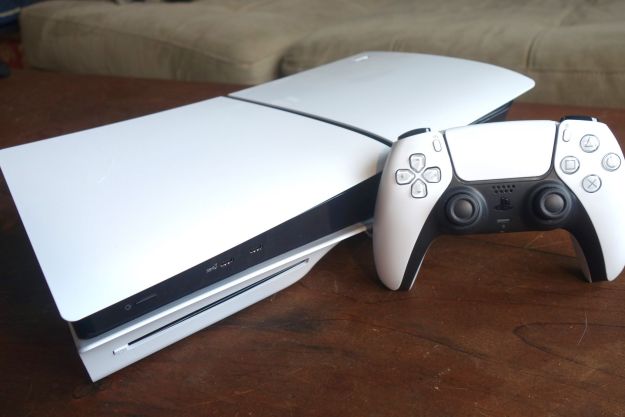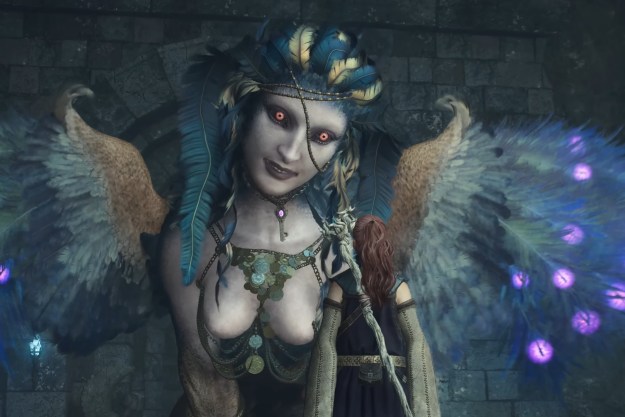Star Wars Jedi: Survivor has a wide variety of skills to learn alongside its five unique lightsaber stances, ensuring you have no shortage of ways to customize your playstyle. The addition of perks bumps up those options even further, granting you the ability to equip badges that improve certain aspects of protagonist Cal Kestis’ kit, such as increasing XP earned or improving his ability to break the guard of his foes. Some are found by exploring, while others are purchased from a particular vendor and unlocked fairly early in the game. A handful of perks are unlocked only after beating the game and starting New Game Plus.
Each of these perks uses a certain number of perk slots when equipped, so you’ll have to make some tough decisions about which ones you want to have active at any one time. Luckily, exploring the galaxy will net you some additional perk slots, so you’ll be able to equip more as you get further in your adventure. Even with all of the perk slots unlocked, however, you’ll still want to strongly consider which perks will benefit you best. We’ll make that a bit easier on you by listing all of the perks you can find in Star Wars Jedi: Survivor, what boons they offer, and how many perk slots they’ll take up.
Perks discovered by exploring
These perks are found by thoroughly exploring the world and completing objectives. You may have to overcome some pretty tough challenges to find them all.
- Ambidexterity (3 slots) – Increases lightsaber damage after shooting enemies with your Blaster.
- Centered (2 slots) – Staggers nearby enemies when you’re healing and lets you take one hit without healing being interrupted.
- Dexterity (2 slots) – Increases the damage dealt by lightsaber throws.
- Fellowship (4 slots) – Grants BD-1 an extra Stim charge.
- Fortification (3 slots) – Regenerates your HP up to a minimum amount.
- Gambler (4 slots) – Increases earned XP, but removes your ability to restore lost skill points after dying.
- Marksmanship (3 slots) – Increases the damage of your Blaster shots when you’re using Blaster stance.
- Perplexity (2 slots) – Increases the damage dealt by confused enemies.
- Persistence (2 slots) – Replenishes a small amount of HP when you kill an enemy under the Slow effect.
- Precision (2 slots) – Reduces parry timing, but lets you deal more stamina damage on a successful parry.
- Recuperation (3 slots) – Increases the minimum level to which your Force Meter can regenerate.
- Resilience (1 slot) – Increases your block meter.
- Shatter (2 slots) – Improves your ability to break the guard of enemies.
- Unflinching (1 slot) – Allows you to absorb a single hit without interrupting your Blaster charge.
Perks purchased from Zee
These perks must be purchased from Zee using datadiscs that you find throughout your adventure. This old-school droid will become a vendor after you complete the Forest Array mission relatively early in the game. Zee is posted up on the second floor of Pyloon’s Saloon.
- Elixir (2 slots) – Grants some super meter upon use of a Stim.
- Equilibrium (3 slots) – Increases the damage of your next lightsaber attack after using a Force power.
- Flux (1 slot) – Regenerates Force over time at the cost of an overall reduced maximum Force.
- Steadfast (1 slot) – Allows you to absorb a single hit without interrupting your sprint.
- Versatility (3 slots) – Increases damage dealt briefly after switching lightsaber stances.
- Wisdom (3 slots) – Increases XP earned from defeating enemies.
Perks awarded in New Game Plus
These perks are granted to you upon beginning your New Game Plus run and provide some unique challenges to your gameplay experience. They don’t take up any of your perk slots, meaning you can equip all of them (if you want to) without having to unequip any of your other favorites.
- Purity – Increases all damage done and received by Cal.
- Trendsetter – Randomizes your cosmetics upon death.
- Warrior – Adds stronger enemies to the game.
Editors' Recommendations
- The best cozy games
- Best gaming console deals: cheapest prices on PS5, Xbox S and X and Switch
- Dragon’s Dogma 2’s first updates will tackle its PC performance issues
- When will Final Fantasy 7 Rebirth be on PC?
- The 5 best PlayStation Portal alternatives in 2024




